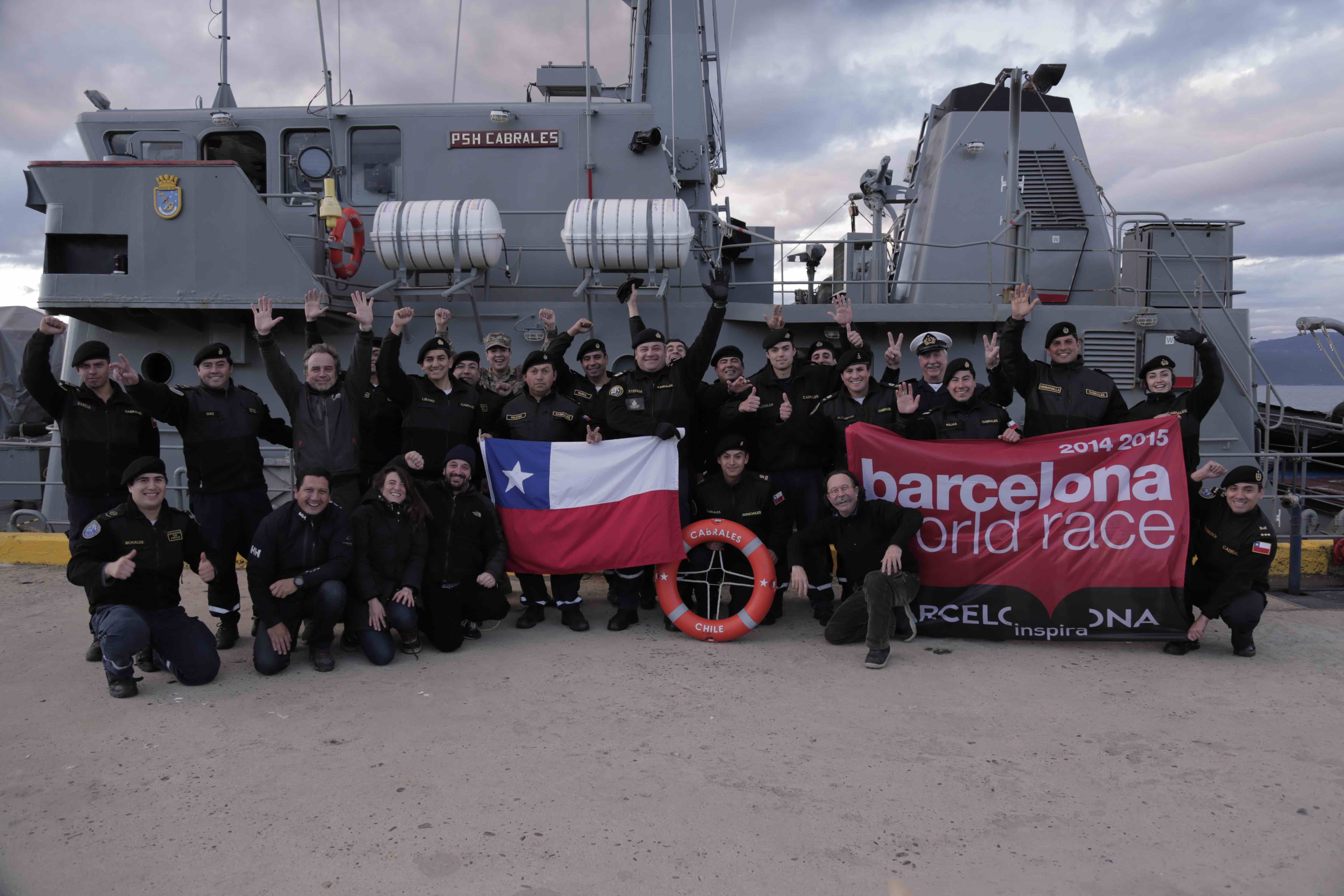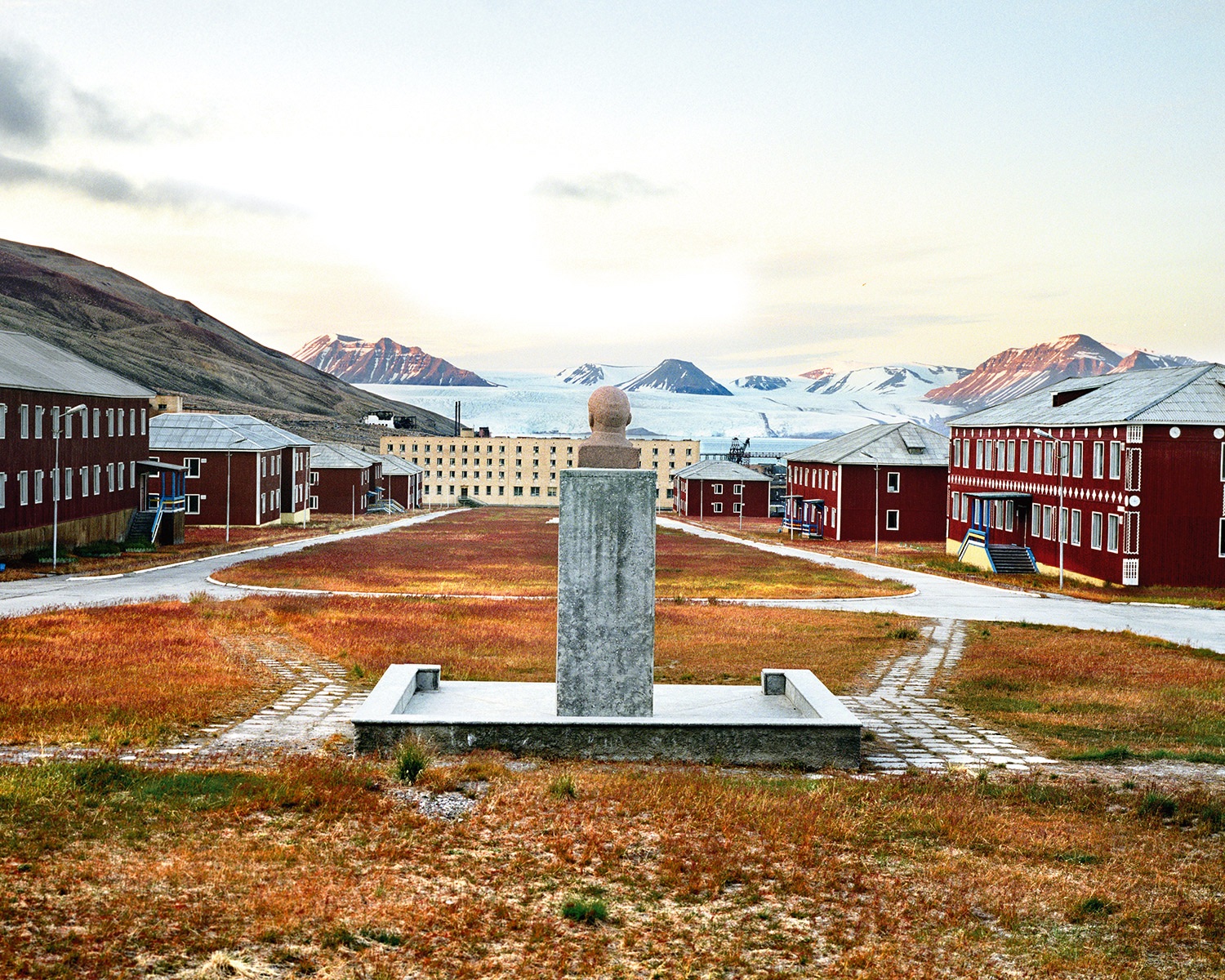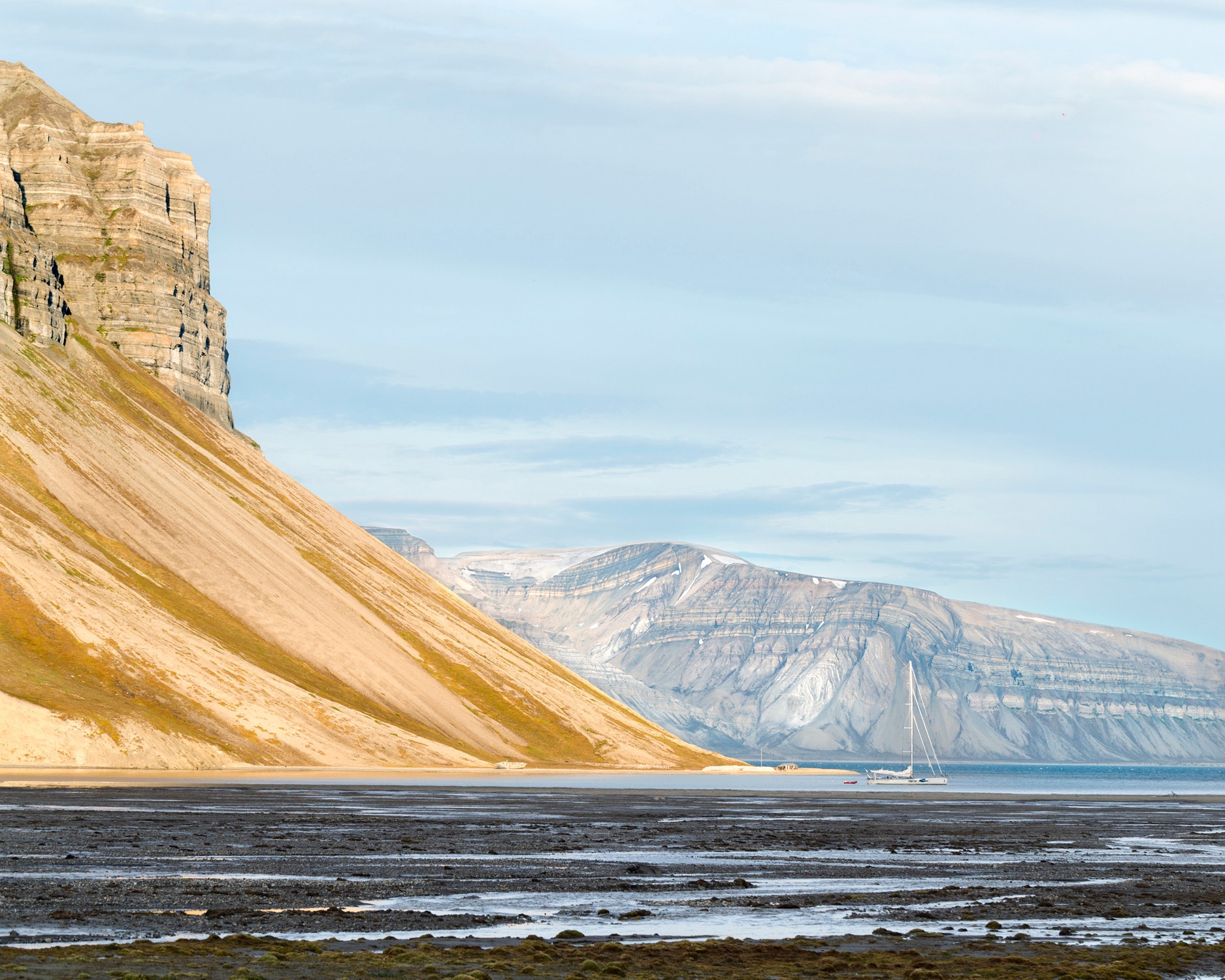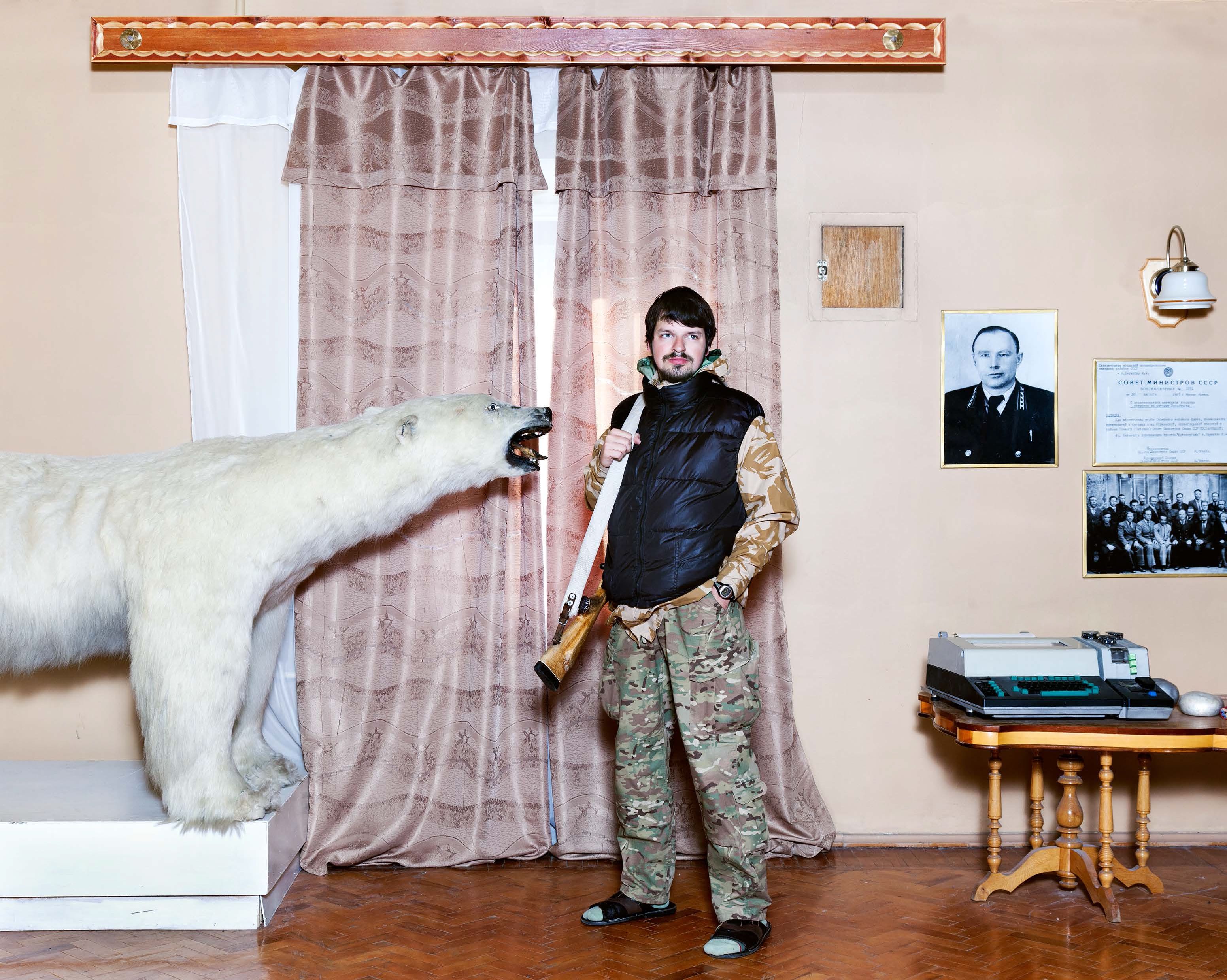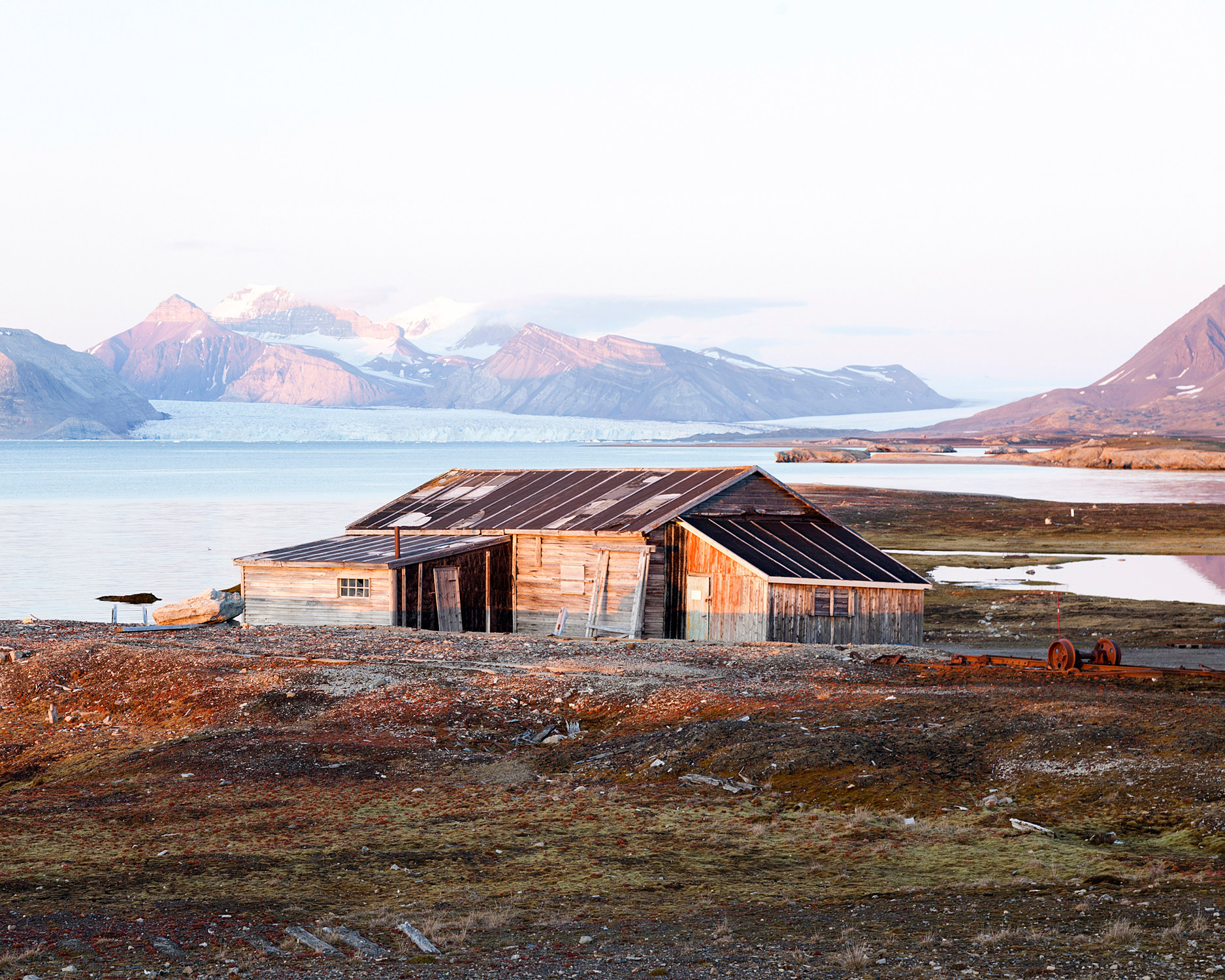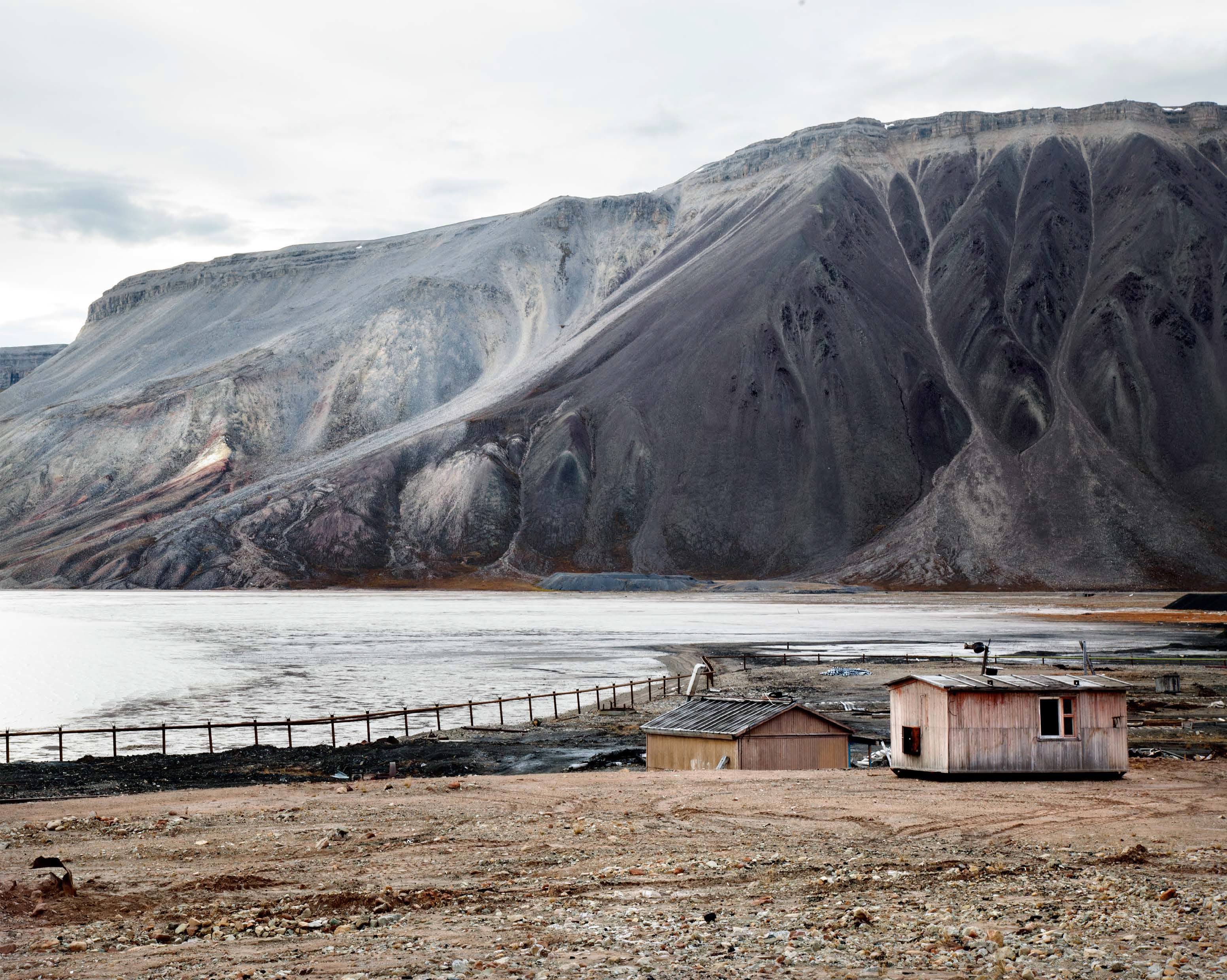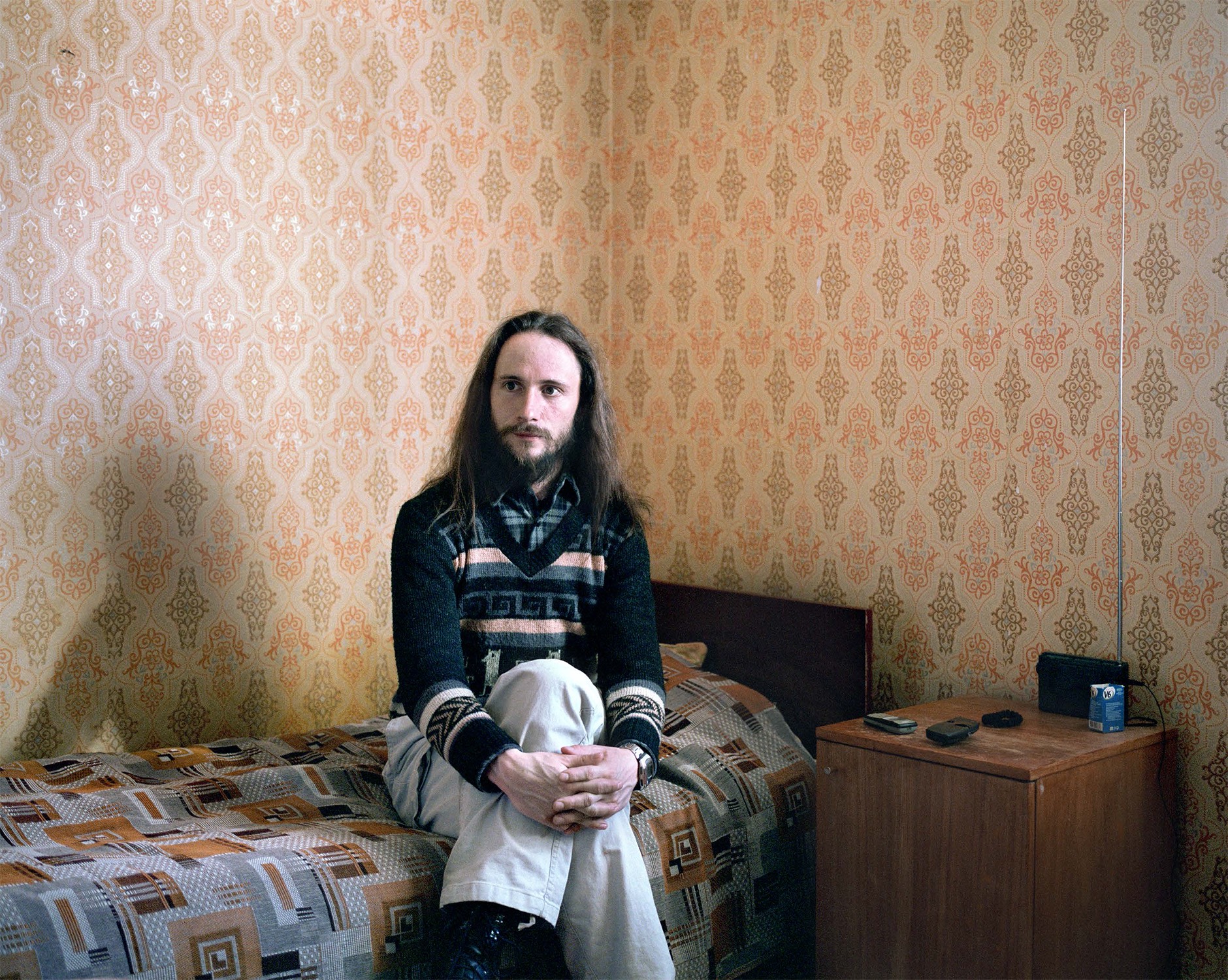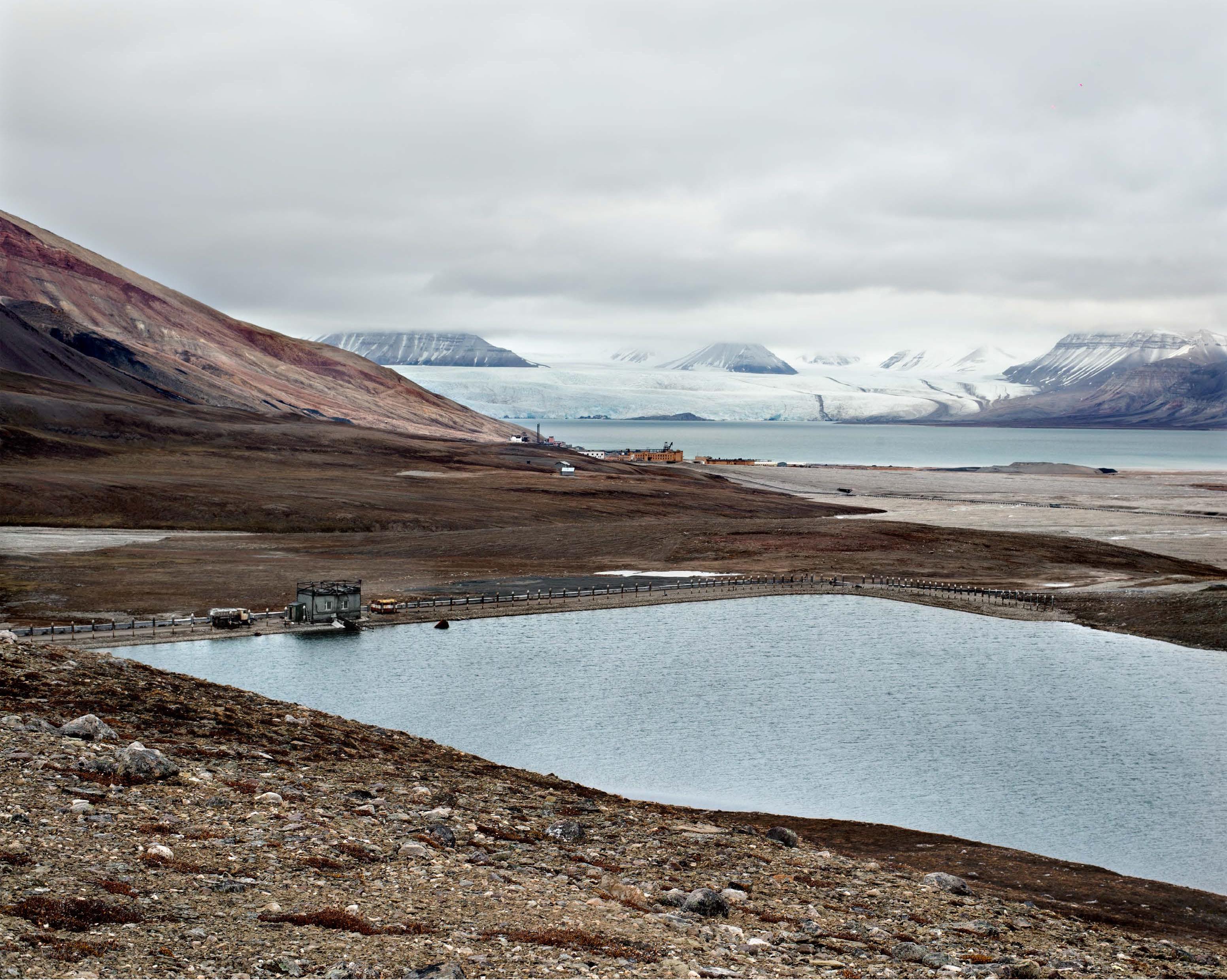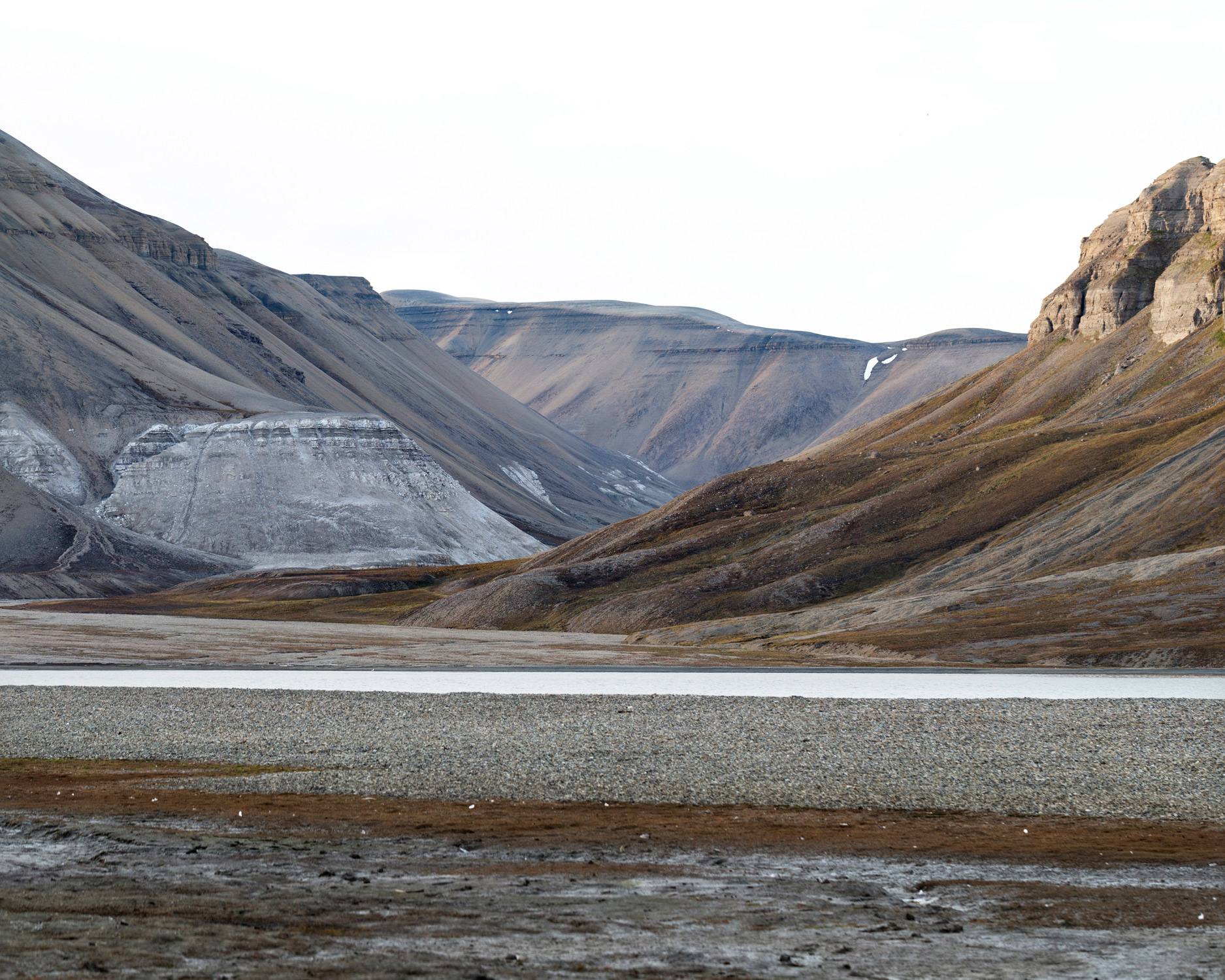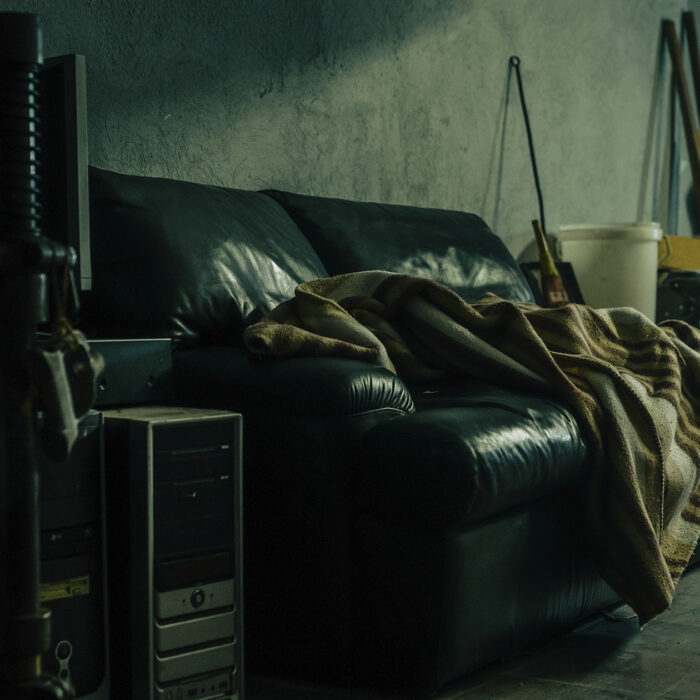If there’s one thing Goroka suffers from, it’s the illness of the sea, and this connection defines who we are. Its expanse, its strength and everything hidden in it is like a magnet for us.
We have sailed from the 80th latitude, through the waters of the Arctic Ocean, to the point where the Atlantic and Pacific meet, the much-feared Cape Horn. Some of our projects have come from these experiences. Those premiered on Nowness: Point Nemo, Portraits of The Edge of The World and White Whale, as well as Operation Cape Horn. In all of them we find the sea. Just as we experienced it. Just as we see it: from the Goroka perspective.
Point Nemo
Point Nemo is the place on Earth furthest from any inhabited area. After two months’ sailing the participants of Vendée Globe, a single-handed sailing race around the world without stopovers or assistance, must cross this remote point.
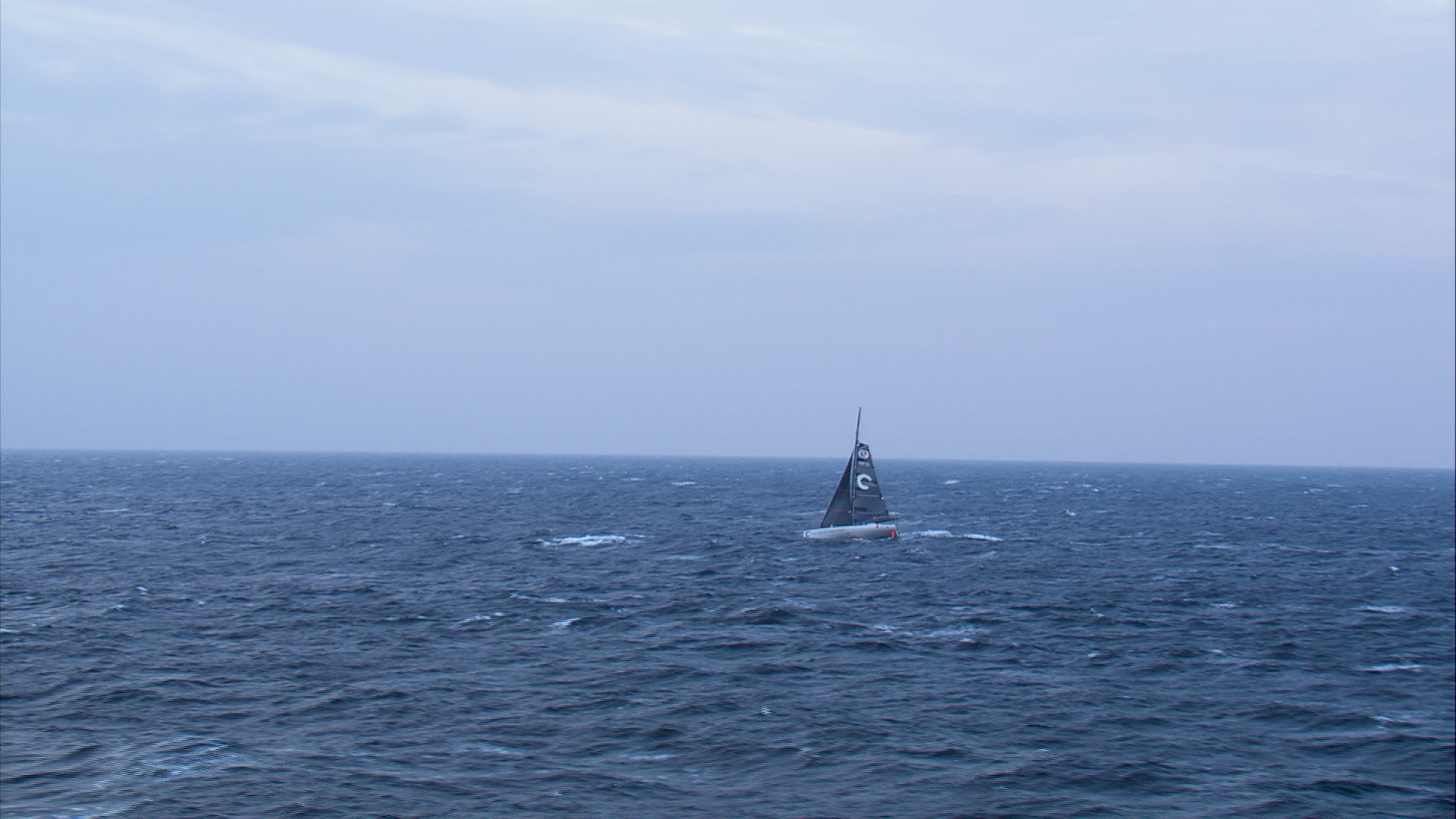
This piece starts at Point Nemo and strives to reflect on the minimal existence that these men and women lead at sea. To successfully finish the round-the-world trip, they must ration everything from the outset: the material they take on board, provisions, energy consumption, even manoeuvres, physical effort, eating, hours sleeping, thoughts…to the extreme of even rationing the “self”…
White Whale
White Whale was the first piece premiered on Nowness, and was a homage to Herman Melville’s Magnum Opus, Moby Dick, for the centenary of the legendary Orson Welles.
This piece started Goroka’s relationship with the Eldorado Experience.
White Whale was awarded the LAUS D’OR for Digital Communication in Branded Viral Category or Branded content.
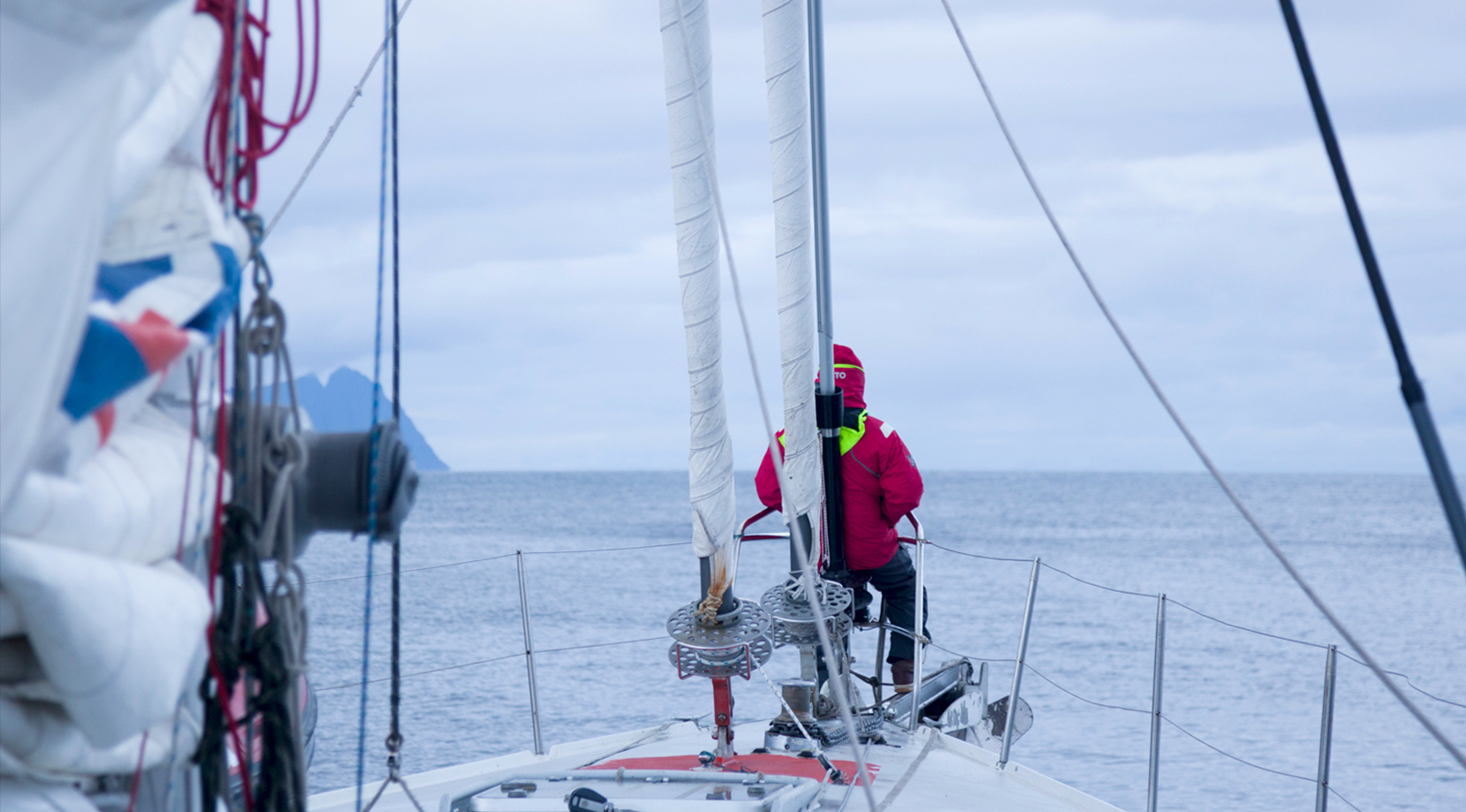
“Whenever I find myself growing grim about the mouth; whenever it is a damp, drizzly november in my soul; whenever I find myself involuntarily pausing before coffin warehouses; and especially whenever my hypos get such an upper hand of me, that it requires a strong moral principle to prevent me from deliberately stepping into the street, and methodically knocking people’s hats off – then, I account it high time to get to sea as soon as I can.”
Moby Dick, Herman Melville
White Whale
Portraits at The Edge of The World
For this series commissioned by Nowness and premiered on the Eldorado experience, we travel to the furthest and most inhospitable places on the planet. Although we can hardly imagine it, there, there are people who just like us, work, eat and sleep. We visit them, get to know them and ask ourselves what it’s like to live in a place not made for anyone to live in.
Ny-Ålesund is a town on the Svalbard archipelago, which has belonged to Norway since 1925. A scientific base for investigation can be found there and it is the most northerly human settlement. Founded in 1916, to mine coal and since those days no human has lived there. There we spoke to Moritz, a scientist who studies the universe to study the world.
Engineering the Arctic Circle
In the southeast of Greenland, a small settlement called Kulusuk can be found. It’s Inhabited by barely 300 people who live from hunting and fishing. There we met Anda Kuitse, a hunter who’s followed the customs his ancestors started thousands of years ago.
Traditional hunting in one of the most remote villages on Earth
In 1925 the Swedish sold the mining settlement of Pyramiden on the Svalbard archipelago to the Russians. For years it was a self-sufficient area, but since the last coal was mined in 1988, it was closed and abandoned. Now it is a city frozen in time, in which only one inhabitant lives.
I’d been wanting to go to Pyramiden for years, the ghost city of the Arctic. It intrigued me to know what kind of people lived there, the landscape and to get to know the life there was there before in contrast to what there is now.
I wanted to photograph remote places and remote people. It was fun for me to see that although we are very different, more things unite us than separate us.
Anna Huix, photographer
A guided tour of the fallen Soviet utopia
Anna Huix in Pyramiden for Eldorado
Operation Hornos
Cape Horn is the most southern point of Tierra de Fuego and one of the most inhospitable regions on the face of the Earth. Passing through its waters is considered one of the greatest nautical feats in the world. In February 2015 a team from FNOB travelled there to film the sailing ships as they passed while participating in the Barcelona World Race.
This operation was carried out under the supervision of the Chilean Navy, charged with safeguarding all the vessels.
To achieve these shots, we depended on two factors: that the ships passed by during daytime and that the meteorological conditions were minimally acceptable. In the end, we could only film the sailing ship belonging to Anna Corbella and Gerard Marín, who went by in third position.
Guille Cascante, director and filmmaker
